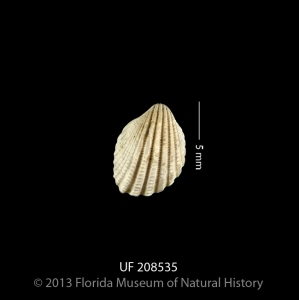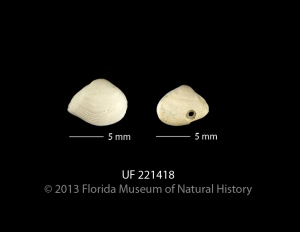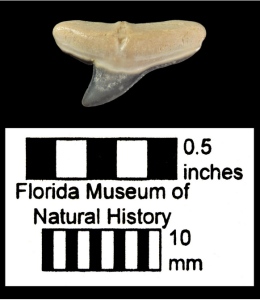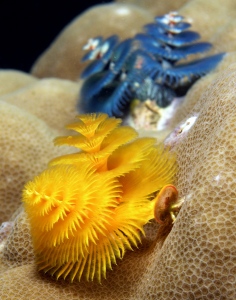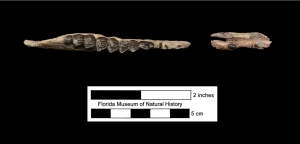
UF 257195, the right dentary of a turtle, possibly Rhinoclemmys panamaensis (dorsal view). Photo © VP FLMNH.
Today’s Fossil Friday post is on the dentary, or lower jaw bone, of a turtle (possibly Rhinoclemmys panamaensis) found at the Hodges Microsite locality in the Cucaracha Formation of the Panama Canal Basin. The fossil is early Miocene in age. Its large size is notable as it is larger than any modern species of Rhinoclemmys.
To learn more about this specimen, read the publication on its discovery here.
Reference:
Cadena, E., Bourque, J., Rincon, A., Bloch, J.I., Jaramillo, C., and MacFadden, B. 2012 New Turtles (Chelonia) from the Late Eocene through Late Miocene of the Panama Canal Basin. Journal of Paleontology 86: 539-557. doi: 10.1666/11-106.1

